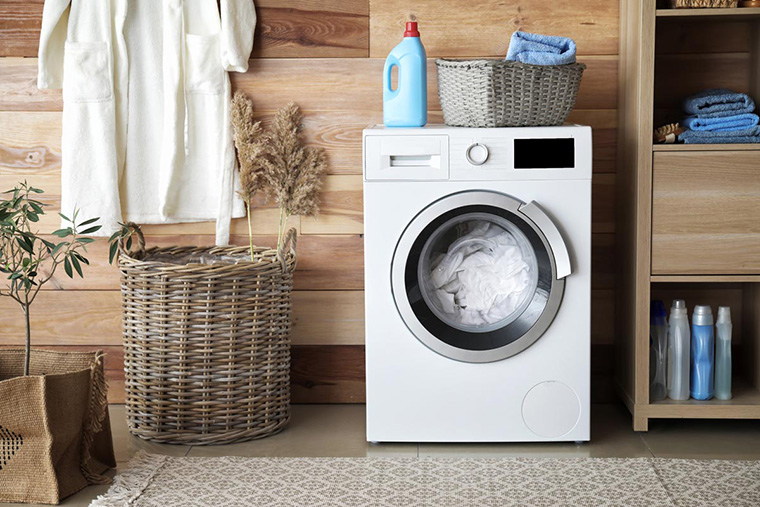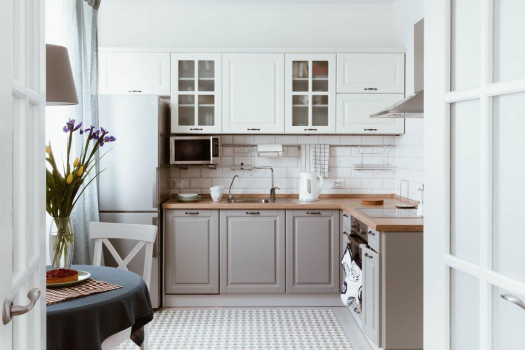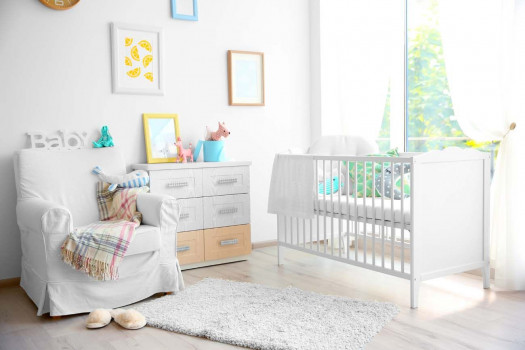Getting the Service Area Design Right




©Shutterstock
Service area is usually identical with a hidden and unclean space. It is often overlooked in the main design which often means that it not well-maintained and messy. This area actually has an important role because it supports the main activities in the house.
A service area usually includes a prep kitchen, a laundry-drying-ironing room, a warehouse, and a garage. Sometimes, it also includes a work space, a domestic helper’s bedrooms, and bathrooms.
Ideally, a service area should be easily accessible and should not hinder other activities. In other words, the essence of this service area is that it can be easily accessed by homeowners but is also kept hidden from the view of the guests. Not surprisingly, many homeowners locate the service area at the back of their house. However, the limited space in today’s housing forces homeowners to get the design right for this service area.
No Ideal Standard

©Shutterstock
Basically, a service area does not have a specific standard size. If your house is large and there is still an unused space, then it will be easy to design a service area; in contrast to designing service areas on limited land.
The size of a service room is very dependent on the number of users, their needs, and the available area; as well as the desired spatial concept. For example, if the users like cooking, then the size of the kitchen could be made larger; if the area of the house is small, then the size of the service area should smaller. Thus, the size can be adjusted to the area being made available.
In Limited Space

©Shutterstock
Designing service areas in a house with limited space can be worked out by combining two spaces into one. For example, the kitchen area can be integrated with the laundry room.
However, a service area should also be placed according to the space requirements, frequency of activities, and the desired spatial concept. Service area which is placed at the back of the house indicates that the homeowner strictly separates this supporting area from the public and private areas.
At present, some designers start to place a service area at the front part of a residence but separated by floor level. The purpose, besides to facilitate access, is also to prevent guests from getting too far into the house. That way, there won’t be any more problems regarding the space for the service area. As long as it is easily accessible, has a clear circulation path, and supports the main activities, a service area can be placed anywhere.




 Indonesia
Indonesia
 New Zealand
New Zealand
 Philippines
Philippines
 Hongkong
Hongkong
 Singapore
Singapore
 Malaysia
Malaysia







